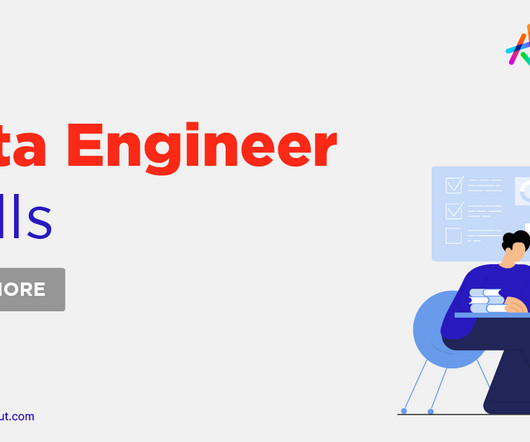DataOps Architecture: 5 Key Components and How to Get Started
Databand.ai
AUGUST 30, 2023
DataOps Architecture Legacy data architectures, which have been widely used for decades, are often characterized by their rigidity and complexity. These systems typically consist of siloed data storage and processing environments, with manual processes and limited collaboration between teams.












Let's personalize your content